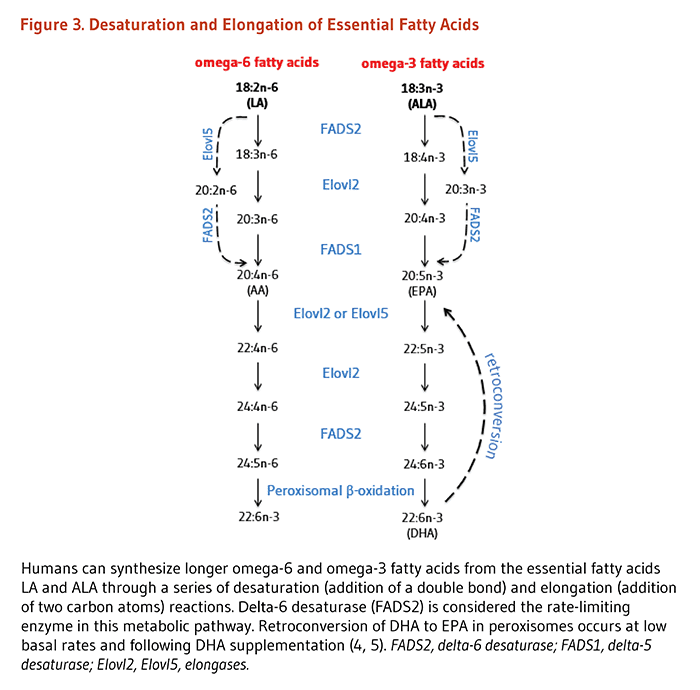lvysaur
Member
- Joined
- Mar 15, 2014
- Messages
- 2,287
http://2.bp.blogspot.com/-9faAor2hsHU/VQTCpkYlwdI/AAAAAAAAKAY/66NrPHxDoJ4/s1600/change.jpg
Graph A on that image shows the prevalence of various alleles in the population of Europe with respect to time.
One notable feature is LCT allele, which is associated with lactose tolerance.
Another very notable feature that doesn't get talked about a lot in the popsci press is the FADS1 gene evolution (colored in grey). We see that the prevalence of the derived allele goes from 0 to 60%.
rs174546 - SNPedia
Here we see that the derived allele has a rough correlation with climatic origin. The derived allele (which causes high cholesterol on a high PUFA diet) is very high in west Africans, east Africans, the Maasai, and Gujurati Indians. Allele frequency is about 90%.
In Europeans and North Asians, the allele frequency is about 60%.
And of course, in the indigenous Europeans of 8,000 years ago (who probably depended a lot on cold climate fish and game), the allele frequency was about 0%.
Human genome shaped by vegetarian diet increases risk of cancer and heart disease
A separate SNP, associated with increased arachidonic acid synthesis from lineoleate, is higher in populations from India and Africa than from North Asia, Europe, and South America.
And of course, the politically correct headline on that article concerns itself with vegetarianism, and not with excess PUFA consumption, lmao .
.
Graph A on that image shows the prevalence of various alleles in the population of Europe with respect to time.
One notable feature is LCT allele, which is associated with lactose tolerance.
Another very notable feature that doesn't get talked about a lot in the popsci press is the FADS1 gene evolution (colored in grey). We see that the prevalence of the derived allele goes from 0 to 60%.
rs174546 - SNPedia
Here we see that the derived allele has a rough correlation with climatic origin. The derived allele (which causes high cholesterol on a high PUFA diet) is very high in west Africans, east Africans, the Maasai, and Gujurati Indians. Allele frequency is about 90%.
In Europeans and North Asians, the allele frequency is about 60%.
And of course, in the indigenous Europeans of 8,000 years ago (who probably depended a lot on cold climate fish and game), the allele frequency was about 0%.
Human genome shaped by vegetarian diet increases risk of cancer and heart disease
A separate SNP, associated with increased arachidonic acid synthesis from lineoleate, is higher in populations from India and Africa than from North Asia, Europe, and South America.
And of course, the politically correct headline on that article concerns itself with vegetarianism, and not with excess PUFA consumption, lmao

